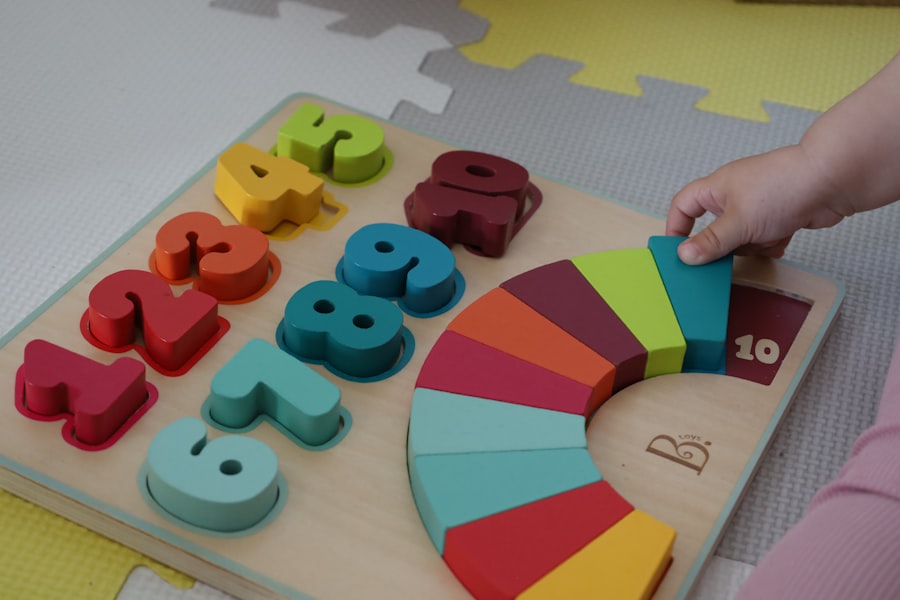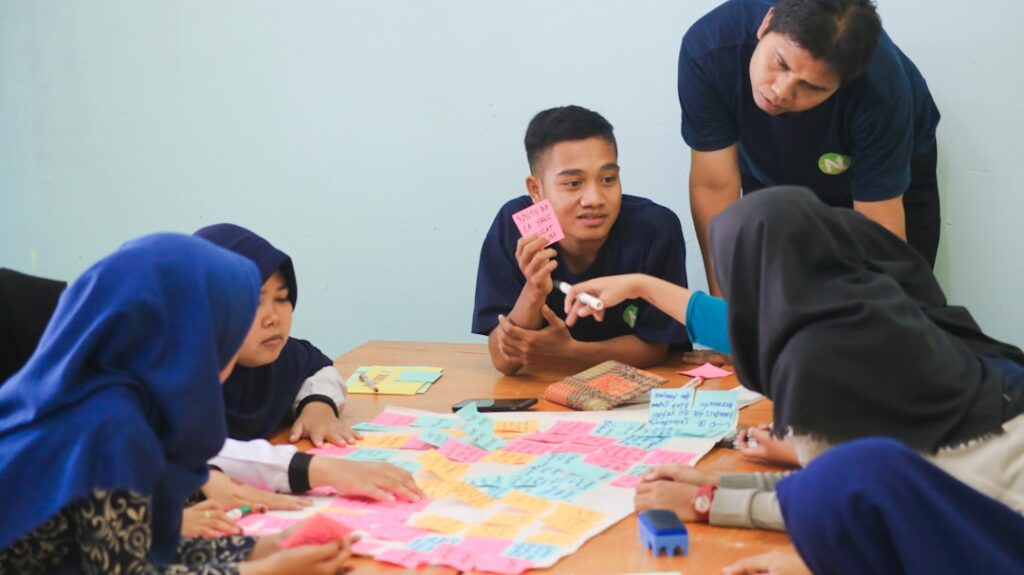In recent years, the landscape of education has undergone a significant transformation, largely driven by the emergence of edutainment platforms. These platforms blend educational content with entertainment, creating an engaging learning experience that appeals to a wide audience. The rise of edutainment can be attributed to several factors, including the increasing accessibility of technology, the demand for innovative learning methods, and the changing preferences of learners who seek more interactive and enjoyable ways to acquire knowledge.
As traditional educational models face scrutiny for their effectiveness, edutainment platforms have stepped in to fill the gap, offering a fresh approach that resonates with both children and adults. The proliferation of smartphones, tablets, and high-speed internet has made it easier than ever for individuals to access a wealth of information and learning resources. Platforms such as Khan Academy, Duolingo, and even YouTube have harnessed this technology to create engaging content that not only educates but also entertains.
These platforms often utilize animations, gamified elements, and interactive quizzes to keep users engaged, making learning feel less like a chore and more like a fun activity. As a result, edutainment has gained traction in classrooms and homes alike, with educators increasingly incorporating these tools into their teaching strategies to enhance student engagement and retention.
The Influence of Technology on Education and Entertainment
The intersection of technology with education and entertainment has fundamentally altered how knowledge is disseminated and consumed. With the advent of digital tools, traditional educational paradigms have been challenged, leading to innovative approaches that leverage multimedia content. For instance, virtual reality (VR) and augmented reality (AR) technologies have begun to play a pivotal role in creating immersive learning experiences.
Students can now explore historical sites or conduct scientific experiments in a virtual environment, which enhances their understanding and retention of complex concepts. Moreover, the influence of social media cannot be overlooked in this context. Platforms like TikTok and Instagram have become powerful tools for educators and content creators to share bite-sized educational content that captures the attention of younger audiences.
This shift towards short-form content reflects changing consumption habits, where learners prefer quick, engaging snippets over lengthy lectures. As a result, educators are adapting their methods to incorporate these platforms into their teaching, recognizing that the lines between education and entertainment are increasingly blurred.
The Evolution of Learning through Entertainment

The evolution of learning through entertainment is not a new phenomenon; it has roots in ancient practices where storytelling was used as a means to impart knowledge. However, the modern iteration of this concept has been revolutionized by technology. Today’s edutainment platforms utilize sophisticated algorithms to tailor content to individual learning styles and preferences, making education more personalized than ever before.
For example, platforms like Coursera and edX offer courses from top universities that combine lectures with interactive elements such as quizzes and discussion forums, allowing learners to engage deeply with the material. Additionally, the rise of streaming services has introduced educational documentaries and series that captivate audiences while providing valuable insights into various subjects. Shows like “Cosmos” or “Our Planet” not only entertain but also educate viewers about science and environmental issues, sparking curiosity and encouraging further exploration.
This evolution signifies a shift from passive consumption of information to active engagement, where learners are encouraged to think critically and apply what they have learned in real-world contexts.
The Impact of Edutainment Platforms on Children and Adults
| Age Group | Engagement Level | Educational Impact | Entertainment Value |
|---|---|---|---|
| Children | High | Positive | High |
| Adults | Moderate | Varied | Varied |
Edutainment platforms have had a profound impact on both children and adults, reshaping how they approach learning. For children, these platforms provide an engaging way to learn foundational skills such as reading, math, and science. Programs like ABCmouse and PBS Kids offer interactive games and activities that make learning fun while reinforcing essential concepts.
Research has shown that children who engage with edutainment content often demonstrate improved academic performance and greater enthusiasm for learning compared to those who rely solely on traditional educational methods. For adults, edutainment platforms serve as valuable resources for lifelong learning. With busy schedules and competing responsibilities, many adults find it challenging to pursue formal education.
Platforms like MasterClass and Skillshare offer flexible learning opportunities that allow individuals to explore new skills or hobbies at their own pace. This accessibility not only empowers adults to continue their education but also fosters a culture of continuous improvement and personal development. The ability to learn from industry experts through engaging video content has democratized education, making it available to anyone with an internet connection.
The Role of Gamification in Education
Gamification has emerged as a powerful tool within edutainment platforms, leveraging game design elements to enhance the learning experience. By incorporating features such as points, badges, leaderboards, and challenges, educators can motivate learners to engage more deeply with the material. This approach taps into intrinsic motivation by making learning feel like a game rather than a chore.
For instance, platforms like Kahoot! allow teachers to create interactive quizzes that students can participate in during class, turning assessments into competitive yet fun activities. The effectiveness of gamification lies in its ability to create a sense of achievement and progress.
When learners complete tasks or reach milestones within a gamified environment, they experience a boost in confidence and motivation. This is particularly beneficial for students who may struggle with traditional learning methods or lack self-esteem in their academic abilities. By framing education as an enjoyable challenge rather than a daunting task, gamification fosters a positive attitude towards learning that can lead to long-term success.
The Future of Edutainment Platforms

As technology continues to advance at an unprecedented pace, the future of edutainment platforms looks promising yet complex. Emerging technologies such as artificial intelligence (AI) are poised to further personalize the learning experience by analyzing user data to provide tailored content recommendations. This level of customization could revolutionize how learners interact with educational material, ensuring that each individual receives instruction that aligns with their unique needs and preferences.
Moreover, the integration of social features within edutainment platforms is likely to enhance collaborative learning experiences. As learners connect with peers from around the world through discussion forums or group projects, they can share diverse perspectives and insights that enrich their understanding of various subjects. This global connectivity not only fosters cultural exchange but also prepares learners for an increasingly interconnected world where collaboration is key.
The Benefits and Challenges of Edutainment Platforms
While edutainment platforms offer numerous benefits, they also present challenges that must be addressed to maximize their potential impact on education. One significant advantage is the ability to reach diverse audiences across geographical boundaries. Learners from different backgrounds can access high-quality educational resources that may not be available in their local communities.
This democratization of knowledge is crucial for fostering equity in education. However, challenges such as screen time concerns and the potential for distraction must be carefully considered. Excessive use of digital devices can lead to negative health outcomes for both children and adults, including eye strain and reduced physical activity levels.
Additionally, the vast amount of content available online can overwhelm learners, making it difficult for them to discern credible sources from unreliable ones. Educators and parents must work together to establish guidelines that promote healthy usage while ensuring that learners benefit from the wealth of information available through edutainment platforms.
The Importance of Balancing Education and Entertainment
Striking a balance between education and entertainment is essential for the success of edutainment platforms. While engaging content is crucial for capturing attention, it is equally important that educational objectives are met without compromising the integrity of the material being presented. This balance requires careful consideration from content creators who must ensure that entertainment elements do not overshadow the educational value.
Furthermore, educators play a vital role in guiding learners through their experiences with edutainment platforms. By providing context and facilitating discussions around the content consumed, teachers can help students make meaningful connections between what they learn online and real-world applications. This collaborative approach ensures that learners not only enjoy their educational journey but also derive lasting benefits from it.
In conclusion, the rise of edutainment platforms represents a significant shift in how we approach education in the digital age. By harnessing technology’s power to create engaging learning experiences, these platforms have transformed traditional educational paradigms while presenting both opportunities and challenges for learners of all ages. As we look toward the future, it is imperative that we continue to explore innovative ways to balance education with entertainment while fostering an environment conducive to lifelong learning.
FAQs
What are edutainment platforms?
Edutainment platforms are online platforms that offer educational content in an entertaining and engaging manner. These platforms often use multimedia elements such as videos, games, and interactive activities to make learning more enjoyable and effective.
What is the real impact of edutainment platforms?
Edutainment platforms have a real impact on education by making learning more accessible, engaging, and effective. They can help students retain information better, improve their critical thinking skills, and increase their motivation to learn.
How do edutainment platforms differ from traditional educational methods?
Edutainment platforms differ from traditional educational methods by incorporating entertainment elements such as games, videos, and interactive activities into the learning process. This makes learning more engaging and enjoyable for students.
What are some popular edutainment platforms?
Some popular edutainment platforms include Khan Academy, Coursera, TED-Ed, and BrainPOP. These platforms offer a wide range of educational content in an entertaining and engaging format.
How are edutainment platforms changing the way we learn?
Edutainment platforms are changing the way we learn by making education more accessible, engaging, and effective. They are also providing opportunities for personalized learning and self-paced education.



